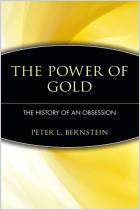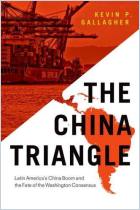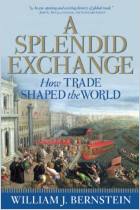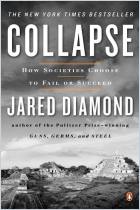
Book
Silver, Sword, and Stone
Three Crucibles in the Latin American Story
Simon & Schuster,
2019
more...
From SILVER, SWORD, AND STONE: Three Crucibles in the Latin American Story by Marie Arana. Copyright © 2019 by Marie Arana. Reprinted by permission of Simon & Schuster, Inc.
ISBN: 9781501104244
Pages: 496
ISBN: 9781501104244
Pages: 496
We currently cannot offer you an audio version of this summary.
Recommendation
Journalist and historian Marie Arana embeds you with Spanish conquistadors who searched for silver and gold in the Americas – a quest that spurred mass slaughter and enslavement. Today, international companies and scrappy, long-suffering miners still seek precious metals in that soil. This search – and the exploitation and violence it wrought – informs Latin America’s identity. Arana anchors the region’s economy and politics in its majestic and tragic thousand-year history.
Summary
About the Author
Marie Arana, also the author of Bolívar: American Liberator, is an editor, historian, journalist, critic and Literary Director of the Library of Congress.
















Comment on this summary